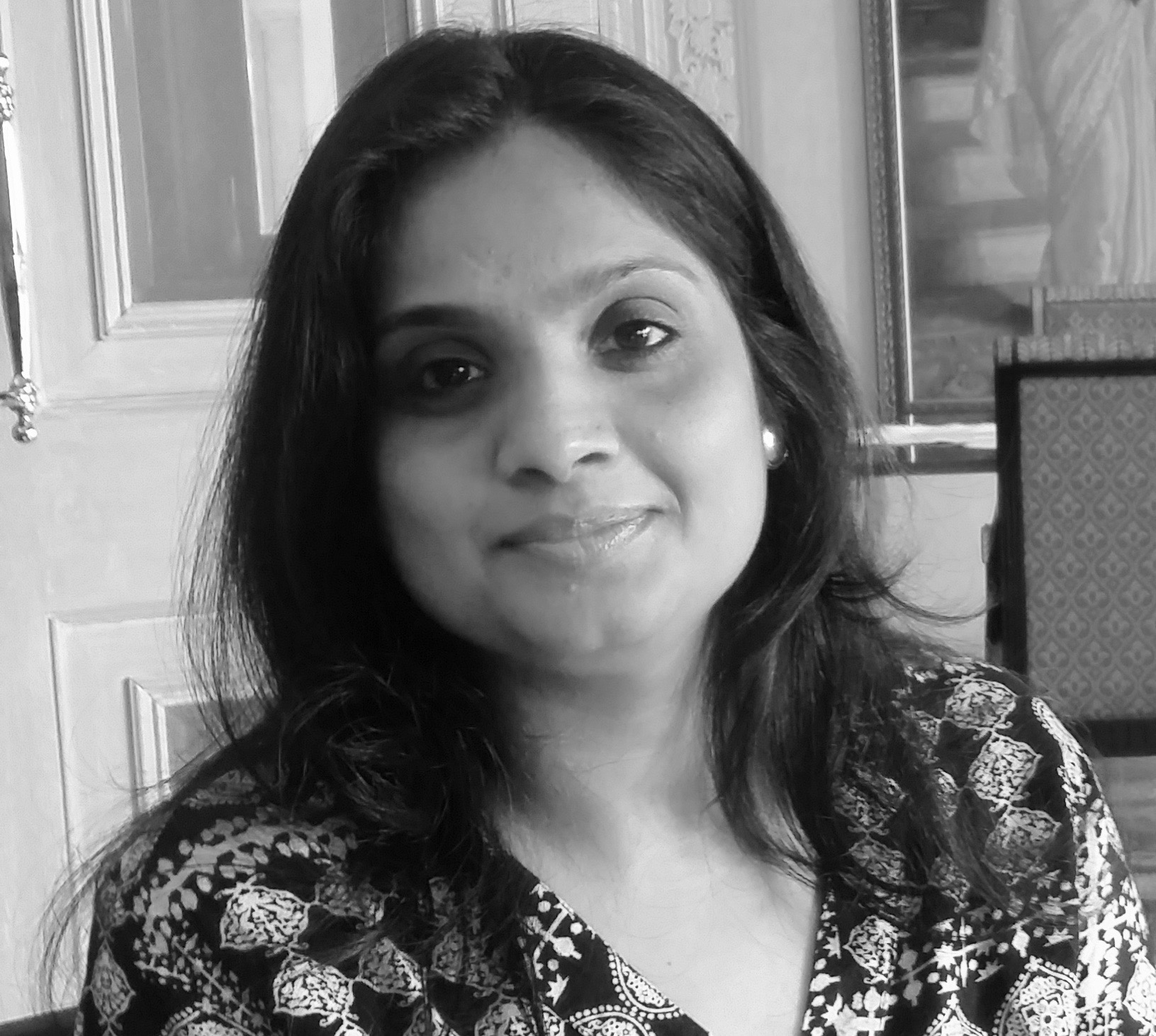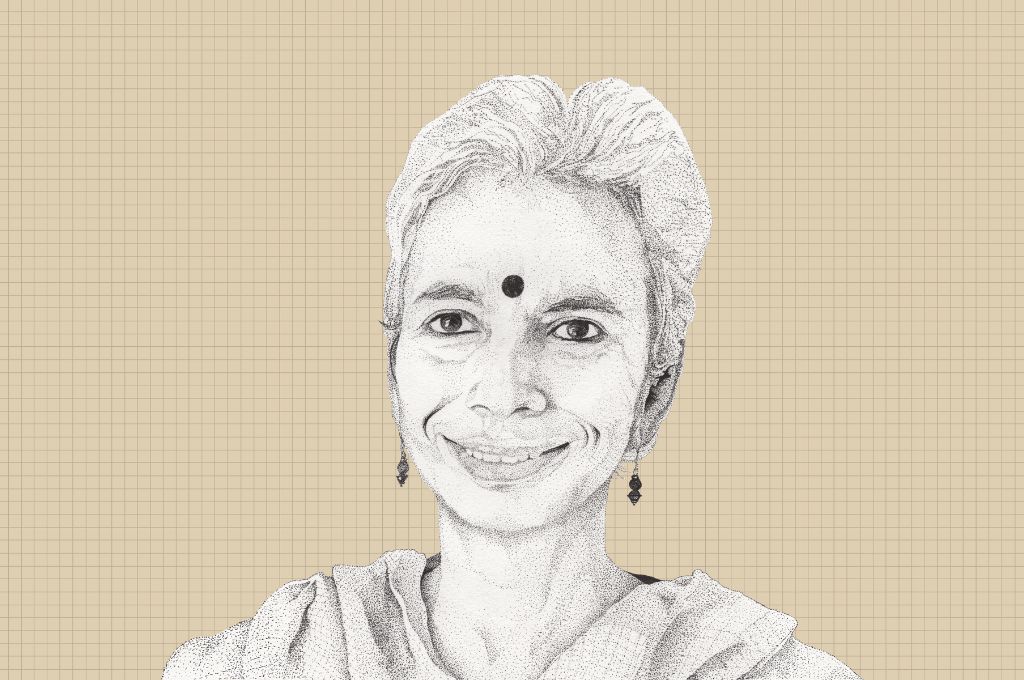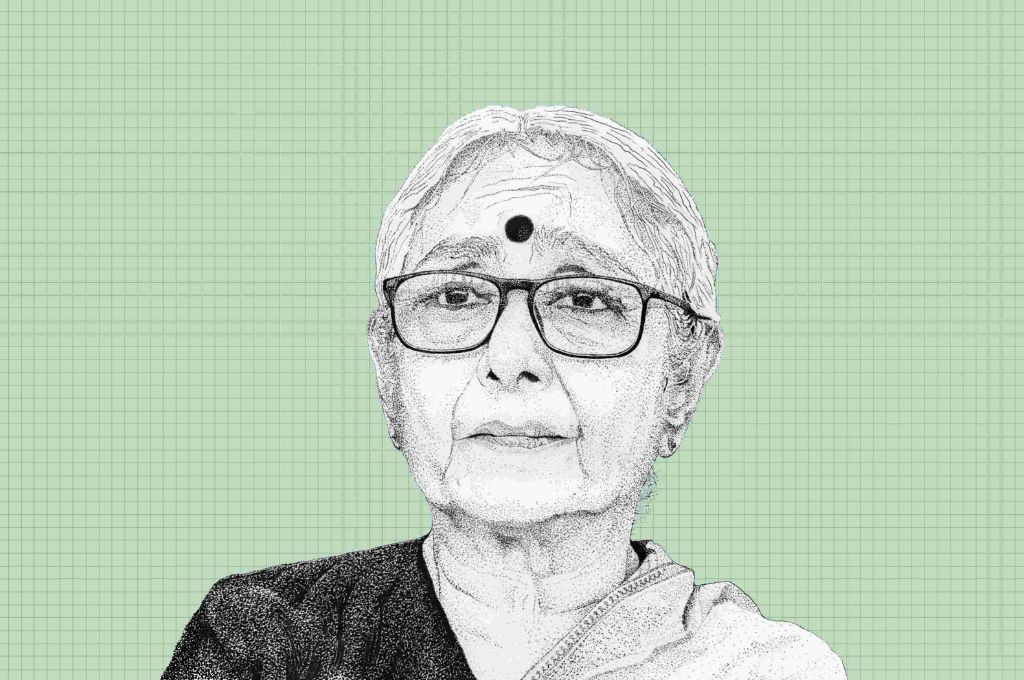Dr Rani Bang, who along with her husband, Dr Abhay Bang, was recently awarded the Padma Shri for her immense contribution to medicine, is known for her stellar work in the rural and tribal belt of Gadchiroli, one of the most impoverished districts of India. As co-founders of Society for Education, Action and Research in Community Health (SEARCH), the doctor couple have changed the face of healthcare in this part of Maharashtra. In this interview with IDR, Dr Rani Bang speaks about the state of women’s health and how women continue to suffer under poorly-informed policies.
You started working with the tribal and rural women of Gadchiroli over three decades ago. What was your experience back then of the main health concerns faced by women in these areas?
When I started working in Gadchiroli, I was the only gynaecologist in the district. I did the first caesarean in the area. I found that very little was known about the issues faced by women here. I did a computerised literature search at the National Library of Medicine (in the US) and, to my surprise, there was not a single community-based study to show the prevalence of gynaecological morbidity; all existing studies were clinic- and hospital-based. I thought it was important to get a deeper understanding of what was happening to the health of women in these communities. So, I decided to do the first-ever research on this.
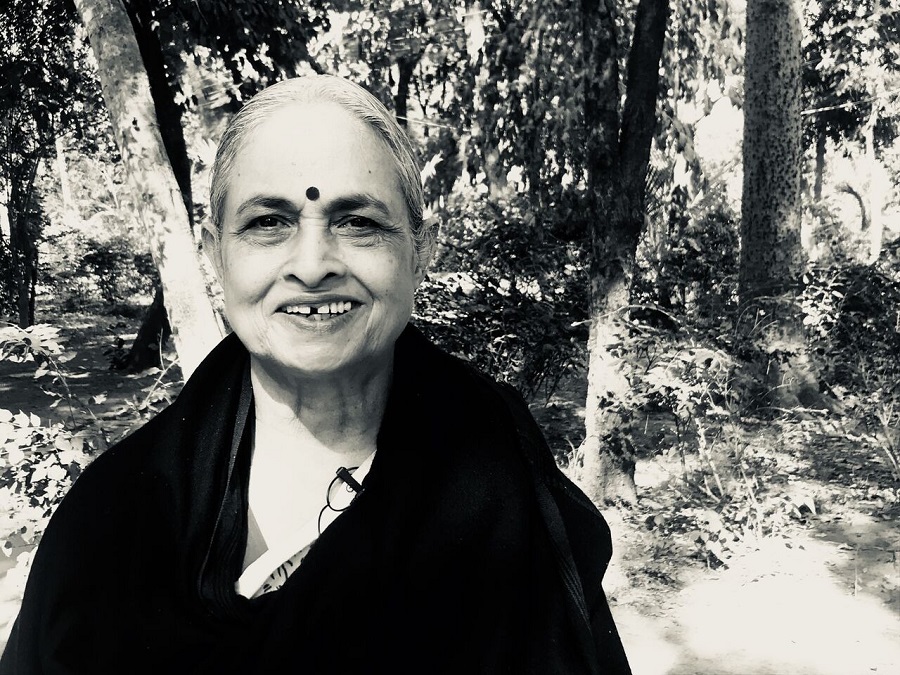
Dr Rani Bang. (Photo courtesy: Rachita Vora)
But I wanted to first understand what the women themselves felt. I talked to several women from different villages in the district. When I asked them what their common health problems were, they listed many; so, I asked them to list these problems in the order of seriousness. To my surprise, all of them put obstructed labour and infertility in the most serious category.

I was surprised, because I always believed that only a life-threatening condition could be seen as a serious disease. Thus, while listing obstructed labour as a serious issue was understandable, I was taken aback to see infertility as a top concern because nobody dies of infertility.
I asked the women why they put infertility as a serious disease, and they said, ‘A woman can die of obstructed labour only once, but if she has infertility, she dies every day because everybody blames her.’ This set me thinking and I realised how deep the problem ran: come to think of it, Marathi has a word for an infertile woman, but no equivalent for an infertile man!
A woman can die of obstructed labour only once, but if she has infertility, she dies every day because everybody blames her.
My study in the region revealed that nearly 92 percent of the women had gynaecological problems—and these were not just related to pregnancy and childbirth; there were menstrual problems, reproductive tract infections, sexually transmitted diseases (STDs), and so on. Criminal abortions by quacks were rampant despite India having one of the most progressive laws for medical termination of pregnancy.
A deeper investigation helped me identify the missing links as far as healthcare services for women were concerned: the absence of care for gynaecological problems, reproductive tract infections and STDs; absence of adolescent sex-education; lack of access to safe, low-cost and easily available abortion services; lack of access to contraception products.
I took the results of the study to global platforms, including the UN, and argued that we should not be limiting our view of women’s health to just maternal and child health (MCH) as was the case then. From the age of menarche up to death, women have so many other problems that need to be considered. Even the ante-natal care, post-natal care and intra-natal care was so poor. I said that we should be concerned with women and child health (WCH) rather than MCH.

How was the study received globally? Did it have an impact on the contemporary discussion on women’s health?
After the study was published by The Lancet in 1989, it was taken up by many women’s groups around the world. I was invited to conferences and meetings to present the findings.
In 1992, I was invited to the World Health Assembly, which was attended by ministers from various countries and governmental health staff. I was the only non-government worker there. I presented my study and received the appreciation of representatives from all over the world.
A study conducted in two small villages in a remote district of India changed the level of discussion internationally.
I also spoke at the UN Assembly in Nairobi, where I said that family planning should be a way to improve the health of women and children, rather than just being linked to population control targets. And the speakers agreed with me. In 1994, at a UN meeting in Cairo, there was a consensus on adopting WCH in place of MCH. Thus, a study conducted in two small villages in a remote district of India changed the level of discussion internationally and that gave me a great sense of satisfaction.
Do you think that the public healthcare system continues to have a fractured view of women’s healthcare needs?
Women’s reproductive health is the most neglected thing in our society. When I started working with the communities, women’s health was equated with only childbirth and family planning, which was an important agenda of the national health programme at that time. The situation is not very different even today.
Gynaecological problems constitute 92 percent of the unmet needs of rural Indian women, accounting for nine out of every 10 medical cases. Our studies in Gadchiroli show that barely 8 percent of women seek professional help for these problems.
In recent times, we have seen the birth rate come down and immunisation coverage improve. However, we have had very limited success with the maternal health component of the reproductive and child health (RCH) programme. The programme remains oriented towards target-driven family planning and does not offer the total gamut of reproductive healthcare.
Our studies in Gadchiroli show that barely 8 percent of women seek professional help for gynaecological problems.
Moreover, we do not address the key aspect of prevention, which is to improve the health of a woman before she conceives. Women who need help must be identified during pregnancy by way of proper antenatal care. We must realise that treating babies after they are born is far more difficult and expensive.
The lack of trained staff at our primary health centres (PHCs) means that the woman receives no maternal care during and after delivery. Our understanding of maternal care must include issues such as post-natal depression, which is very common but rarely discussed. Our health institutions also need to support women affected by infertility.
What do you see as the more recent and emerging health concerns for women in rural India?
The missing linkages in our healthcare policies, programmes and implementation are still a cause for concern. While we have had some success at making basic primary healthcare services available to the rural areas through the National Rural Health Mission, the absence of affordable, good quality secondary and tertiary care undermines our ability to meet emerging health challenges.
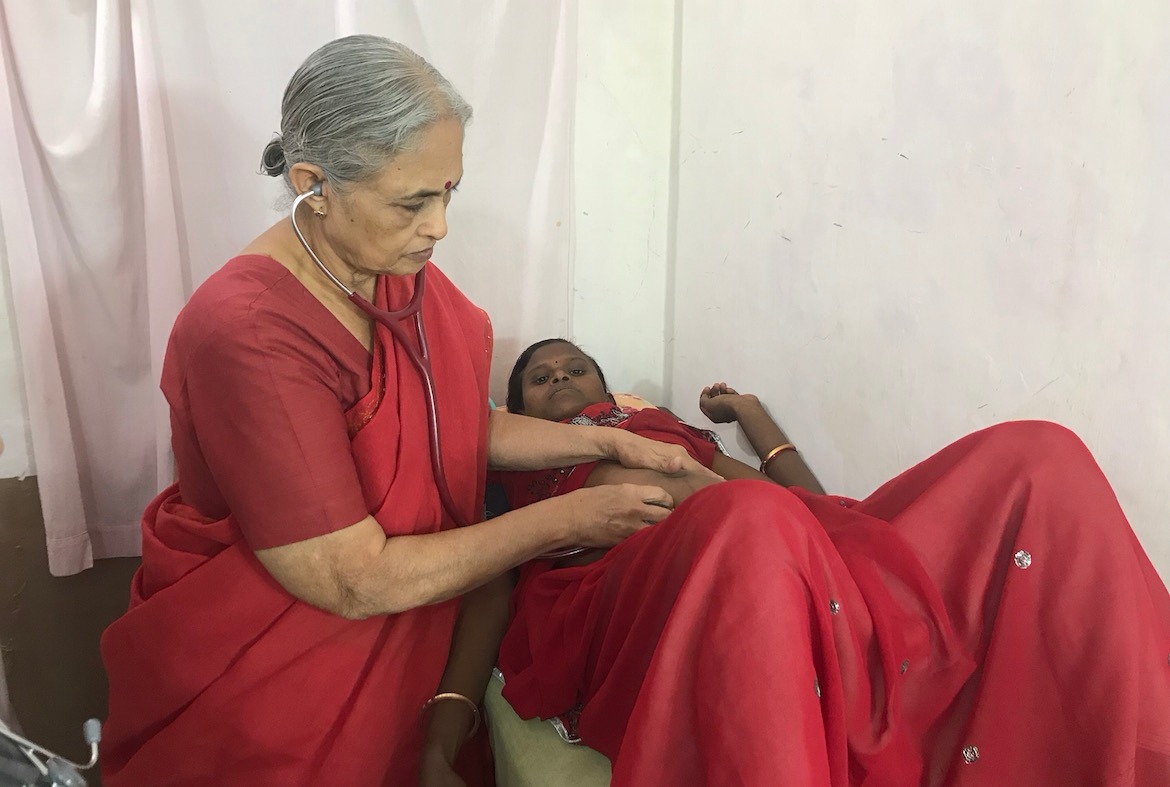
The missing linkages in our healthcare policies, programmes and implementation are still a cause for concern, says Dr Rani Bang. (Photo courtesy: Rachita Vora).
For instance, given the rising number of breast cancers and uterine cancers across India, there is an urgent need for awareness and mass screening programmes for early detection; while such services may be available in the urban areas, rural women simply don’t have access to these facilities. There is an urgent need to place these services in rural India through the public health system.
We are also seeing an increase in chronic diseases such as obesity, hypothyroidism, hypertension, diabetes and stroke amongst the rural poor and tribals, both women and men, even as we are still grappling with older diseases caused by malnutrition and infections.
Alcohol and tobacco consumption is on the rise in rural India, with men, women and even children becoming addicted. This has negative impacts on their health, social relationships and financial status. While tobacco is responsible for 60 percent of the cancers, it also exacerbates the problem of low birth weight, an issue that rural areas are already struggling to address. It can also cause stillbirths and miscarriages.
Environmental pollution and the increasing quantities of chemicals in our food chain will not only have an adverse effect on reproductive health but will also endanger our future generations. There is an urgent need to look at all these trends and find ways to address them. We must broadbase our interventions, stepping beyond the realm of doctors, health clinics and medical technology to look at issues such as nutrition and preventive care.
There are issues at the level of policy and regulation, too. For example, even as the government is supporting research trials to counter the rise of chronic diseases like cancer, we are also seeing the consequences of uncontrolled commercialisation and exploitation by the pharmaceutical industry. Other issues of concern are the diminishing role of the public sector in comprehensive healthcare, the growing influence of the private sector and the impact of commercialisation.
You’ve been working with women, young girls and boys in the rural areas for more than three decades. Has the nature of problems faced by these groups changed over the years?
Back in the ‘90s when I did this study, despite all the community participation and cooperation I received, women were still reluctant to get their pelvic examination done; they had many misconceptions about it. I had to go to each village and explain why I had to do this examination. Nowadays, there is a lot more openness and women are far less inhibited. While some perceptions have certainly changed, there are still some traditions and beliefs that are hard to challenge.
As far as adolescents are concerned, they have definitely become more open to discussing their problems and asking questions related to their bodies: girls want to know about menstruation, while boys are mostly obsessed with masturbation, sex and homosexuality, among others.
Girls want to know about menstruation, while boys are mostly obsessed with masturbation, sex and homosexuality, among others.
A worrying trend, however, is the increase in premarital sex. This is worrying not only because of the lack of sex education, but also because of poor awareness of and access to contraception. There is a recent trend of medical abortion using the morning-after emergency contraceptive pill. Many young girls go to the pharmacy to buy these pills over the counter and consume them without professional medical advice. This has serious repercussions, including incomplete abortion, following which these girls often turn to quacks to undergo criminal abortions.
Because these pills are marketed very well through misleading advertisements that make it all seem so easy, girls do not realise that these pills are to be prescribed by and consumed under the guidance of a doctor. The result is incomplete abortion and serious medical issues. Therefore, while criminal abortion by quacks has gone down, unsafe abortion rate of this kind is definitely increasing.
Our social outlook towards premarital sex and pregnancy has not changed at all. There is still a lot of stigma attached to both. There is also an unwillingness, even in government programmes, to talk about contraception to unmarried girls and boys.
Rachita Vora and Smarinita Shetty contributed to this interview.

